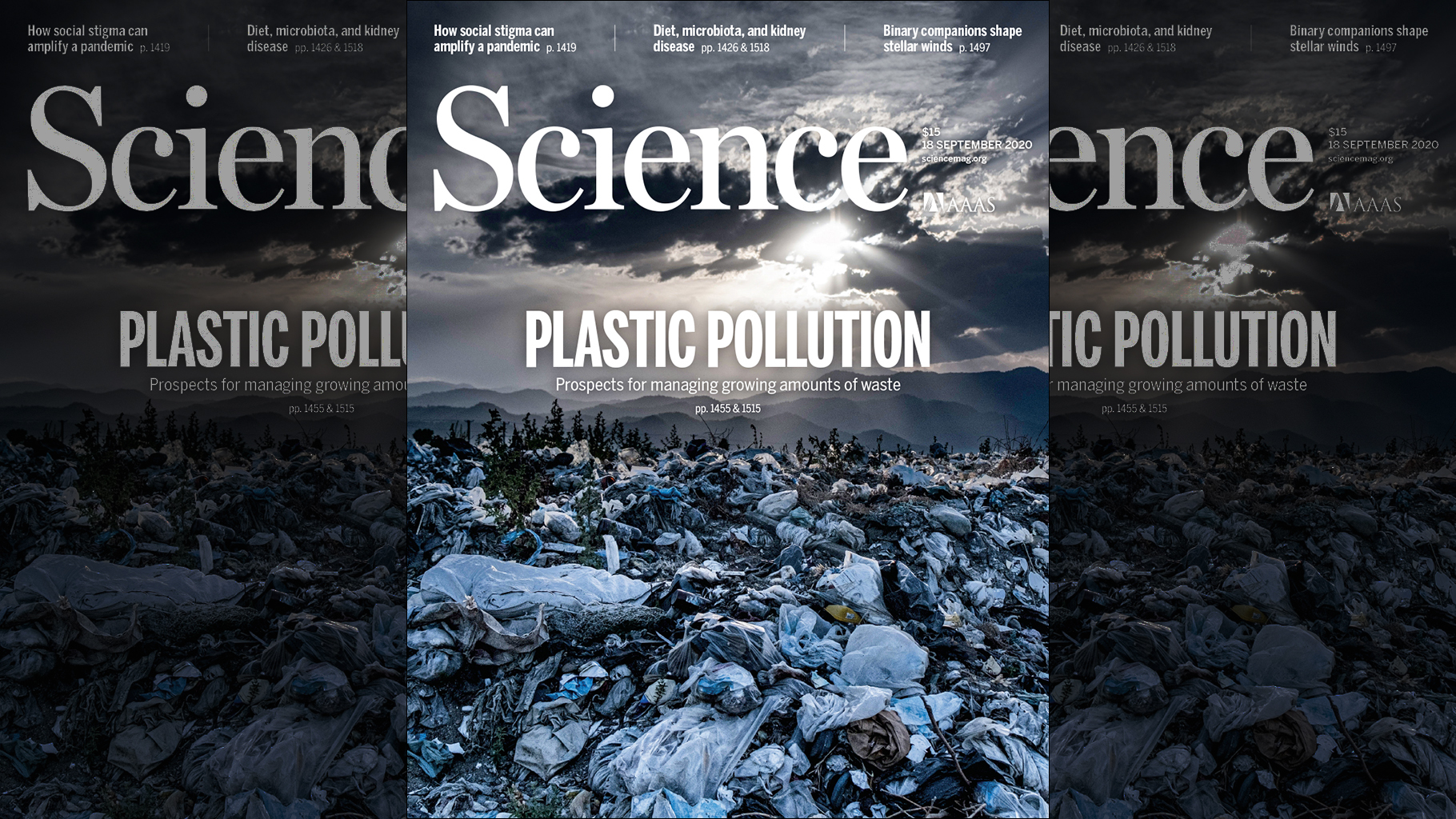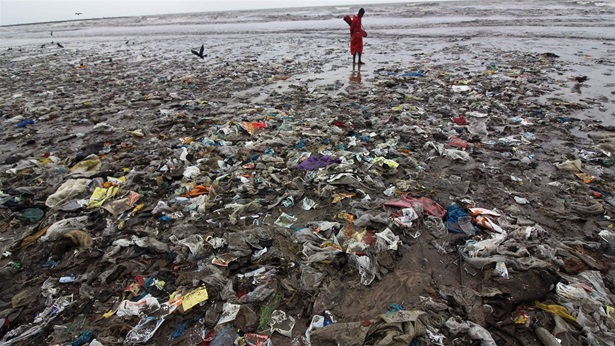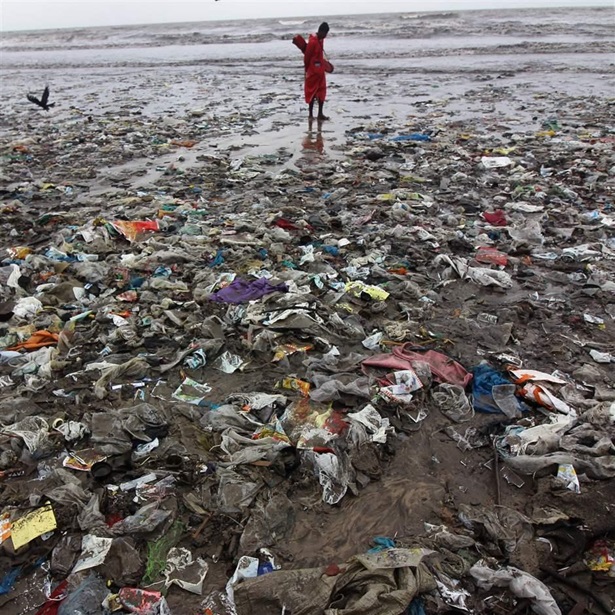Plastic Pollution, Rampant Worldwide, Could Be Cut by 80% in 20 Years

Plastic pollution is a costly, destructive, and growing problem worldwide. In fact, at the current rate, the annual amount of plastic waste entering Earth’s ecosystems could almost triple by 2040, according to a study co-authored by researchers at The Pew Charitable Trusts and published in the peer-reviewed journal Science. The paper was published online July 23 and appeared in the journal’s Sept. 18 print edition.
The paper, “Evaluating Scenarios Toward Zero Plastic Pollution,” also found that annual flow rates of plastic pollution can be reduced by nearly 80% in the next 20 years if governments and industry around the world take immediate, ambitious, and coordinated action. The authors used first-of-its-kind modeling to examine stocks and flows of municipal solid waste and four sources of microplastics under five scenarios and across a range of potential solutions.
Achieving the 80% reduction would require the full suite of those actions, which the authors term the “system change scenario”: reducing plastic use, implementing reuse systems, substituting plastic with other materials where appropriate, improving recycling strategies and rates, expanding waste collection, and building better disposal facilities. However, even if the 80% reduction is achieved, 710 million metric tons of plastic waste could enter aquatic and terrestrial ecosystems between 2016 and 2040.
The study identifies several challenges to overcome if the world hopes to achieve the potential of the system change scenario. These include:
- Scaling waste collection to all households at a global level: This monumental task would require more than 1 million new households to be connected to collection services every week between 2020 and 2040.
- Overcoming mismanaged plastic waste: This category includes dumpsites, openly burned waste, and plastic released directly into aquatic or terrestrial environments. The export of waste from high-income to low- and middle-income countries also poses a comparatively small but growing problem to address.
- Filling data gaps: To fully and accurately understand the effectiveness of consumer, corporate, and policy actions, the researchers said they would need more empirical data, especially on waste management in middle- and low-income countries.
Realizing the potential of fundamental system change would also require cutting the production and consumption of newly produced plastic by 55% from 2016 levels to 2040 relative to business as usual. Although implementing system change would be daunting from a logistical and policy perspective, it would not be cost prohibitive, the study found. In fact, due to reduced plastic production, increased recyclability, and other changes, the researchers estimate that global net waste management costs would be about 18% lower over the study period than if no action were taken.
“Evaluating Scenarios Toward Zero Plastic Pollution” serves as the technical underpinning for a complementary report, “Breaking the Plastic Wave,” which was released by Pew and the London-based sustainability consultancy SYSTEMIQ on July 23rd.
Winnie Lau leads The Pew Charitable Trusts’ preventing ocean plastics project. Jim Palardy is a project director with The Pew Charitable Trusts’ conservation science project.












